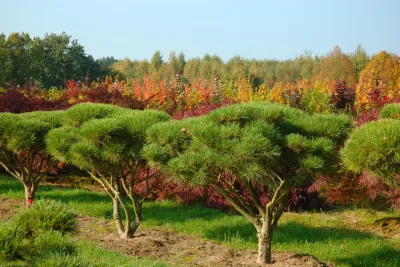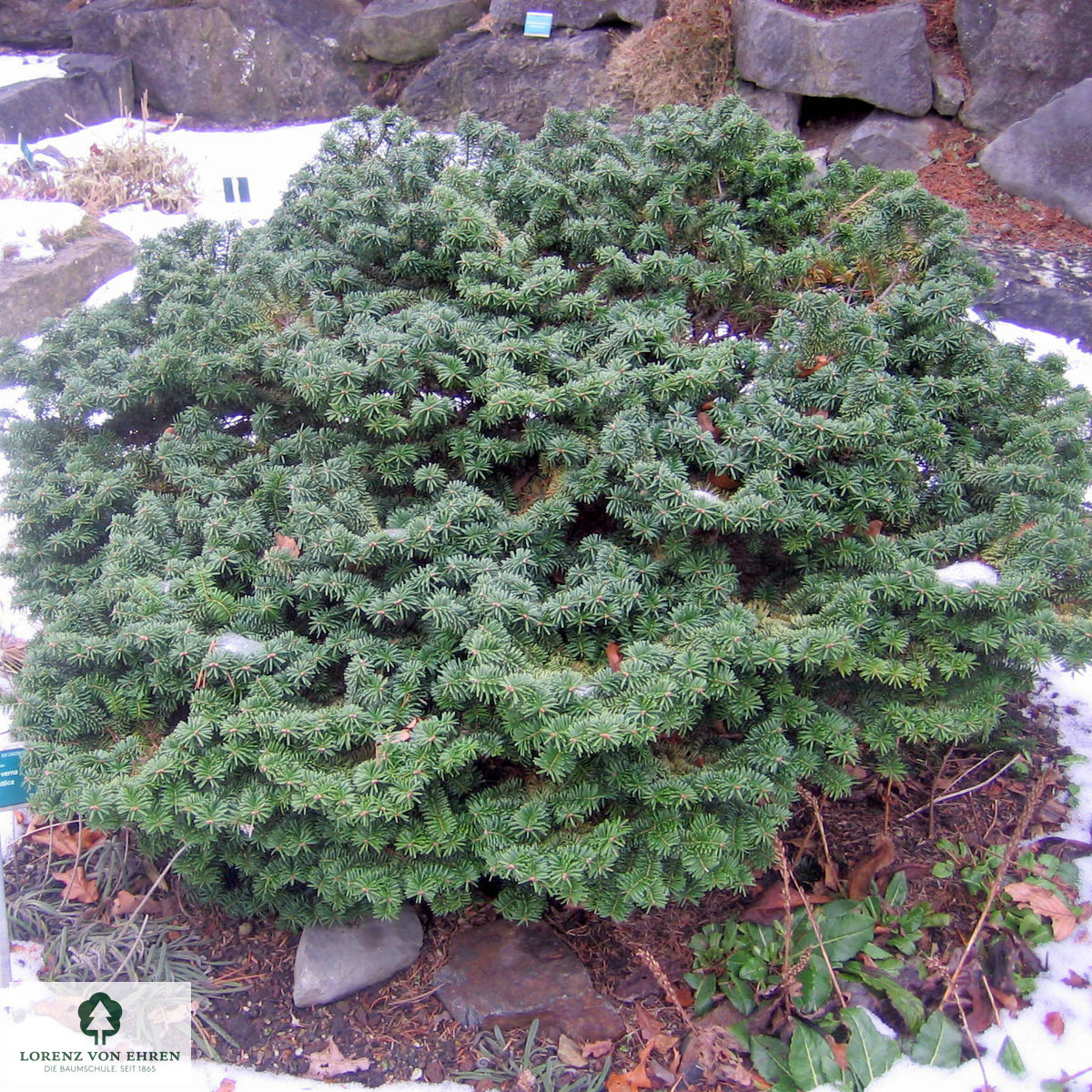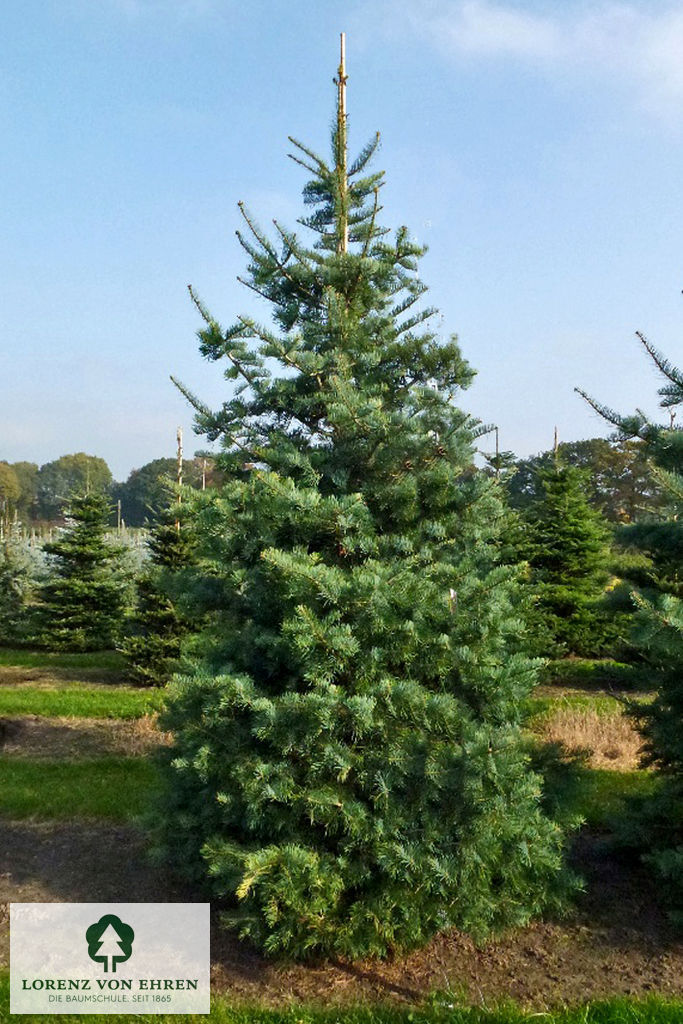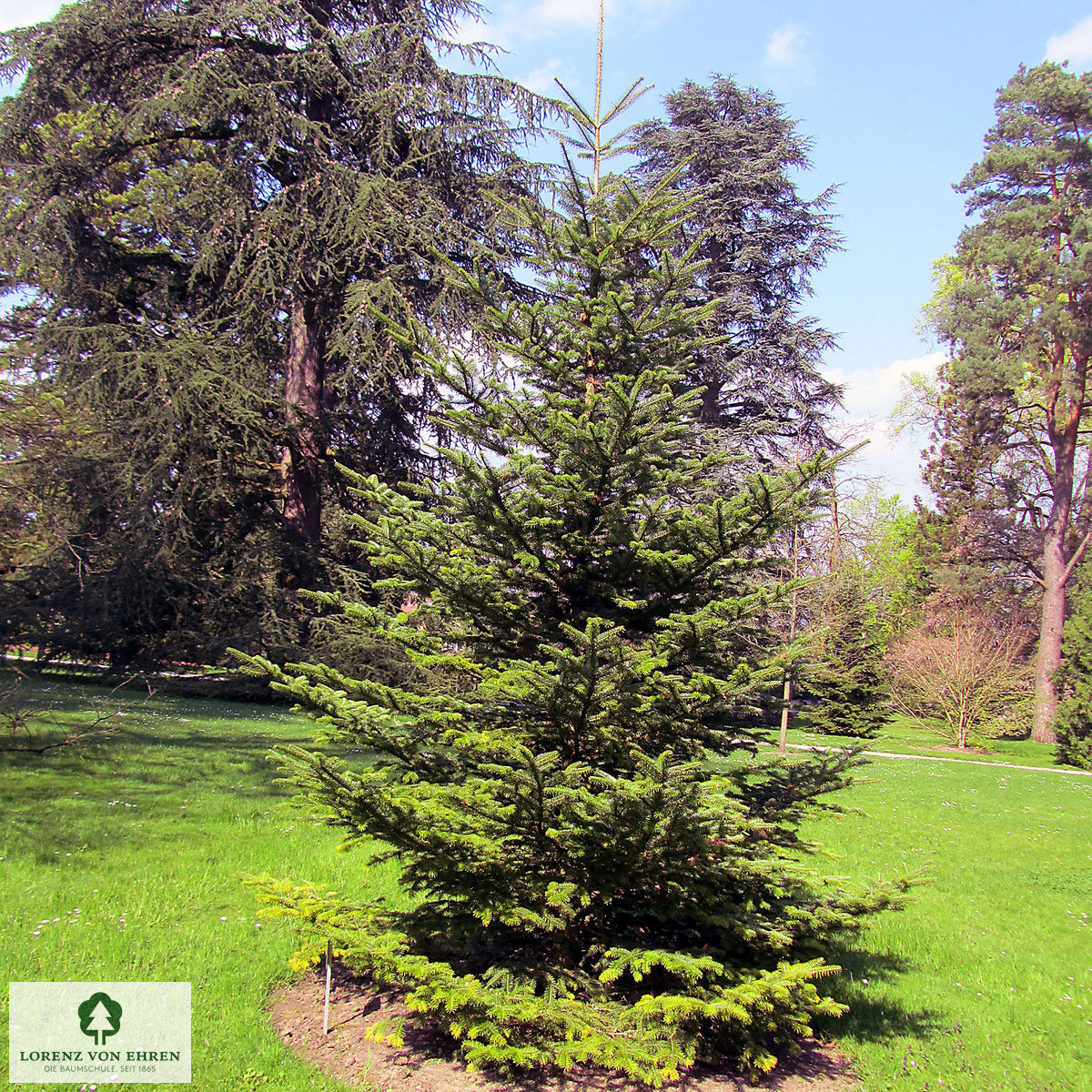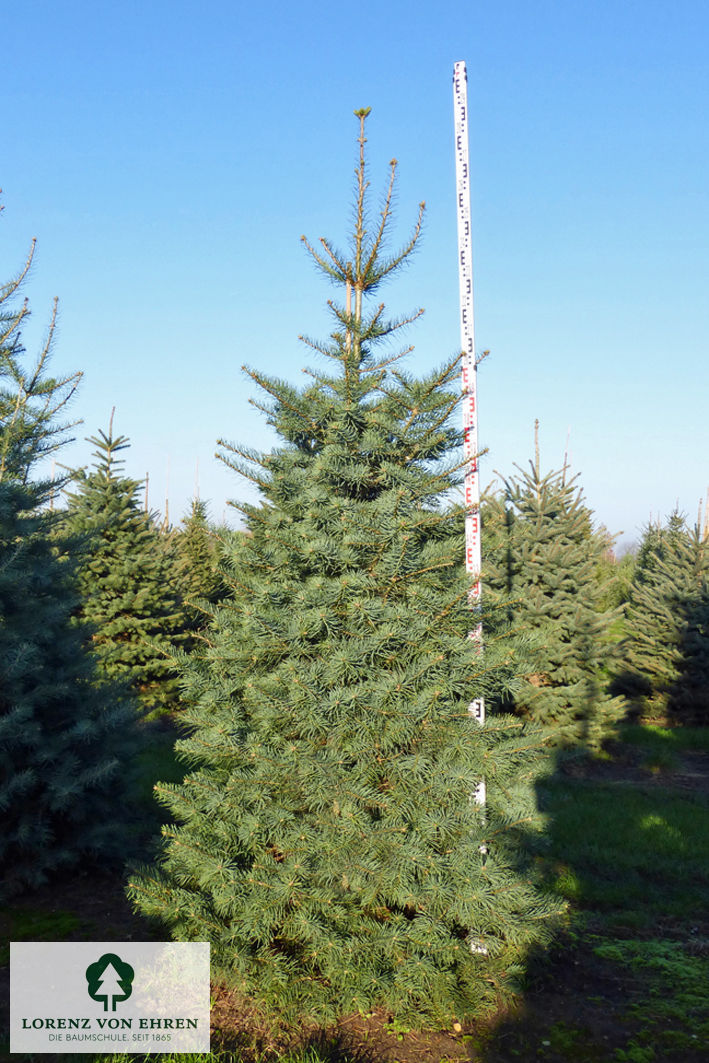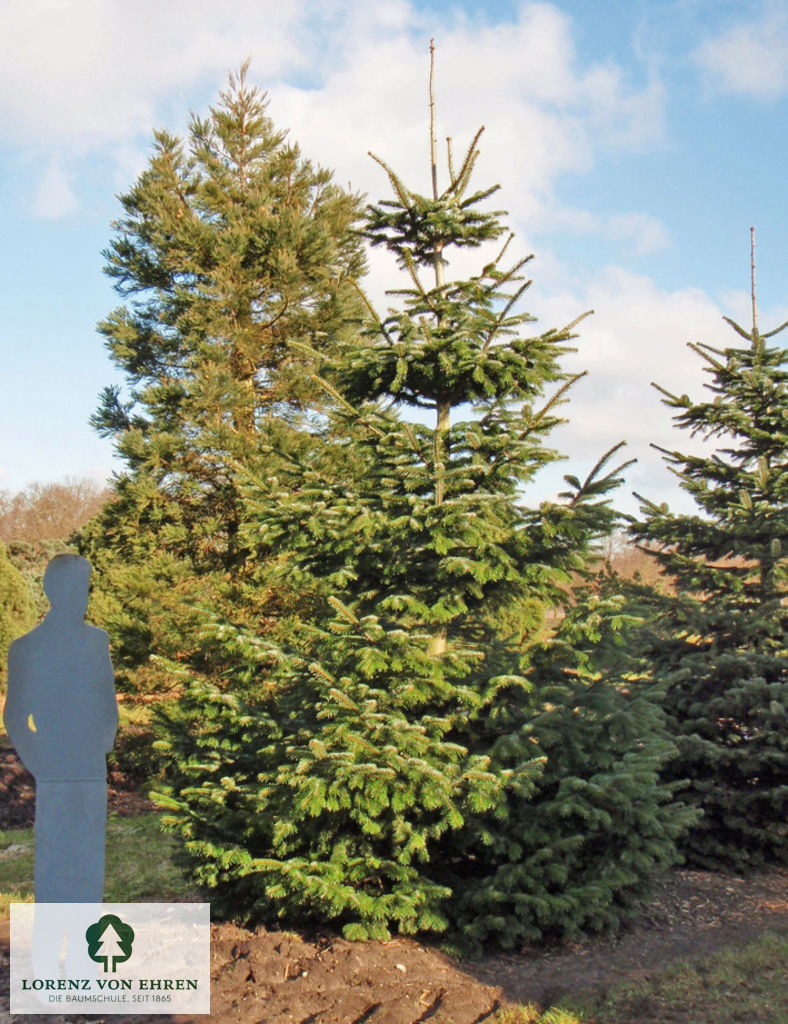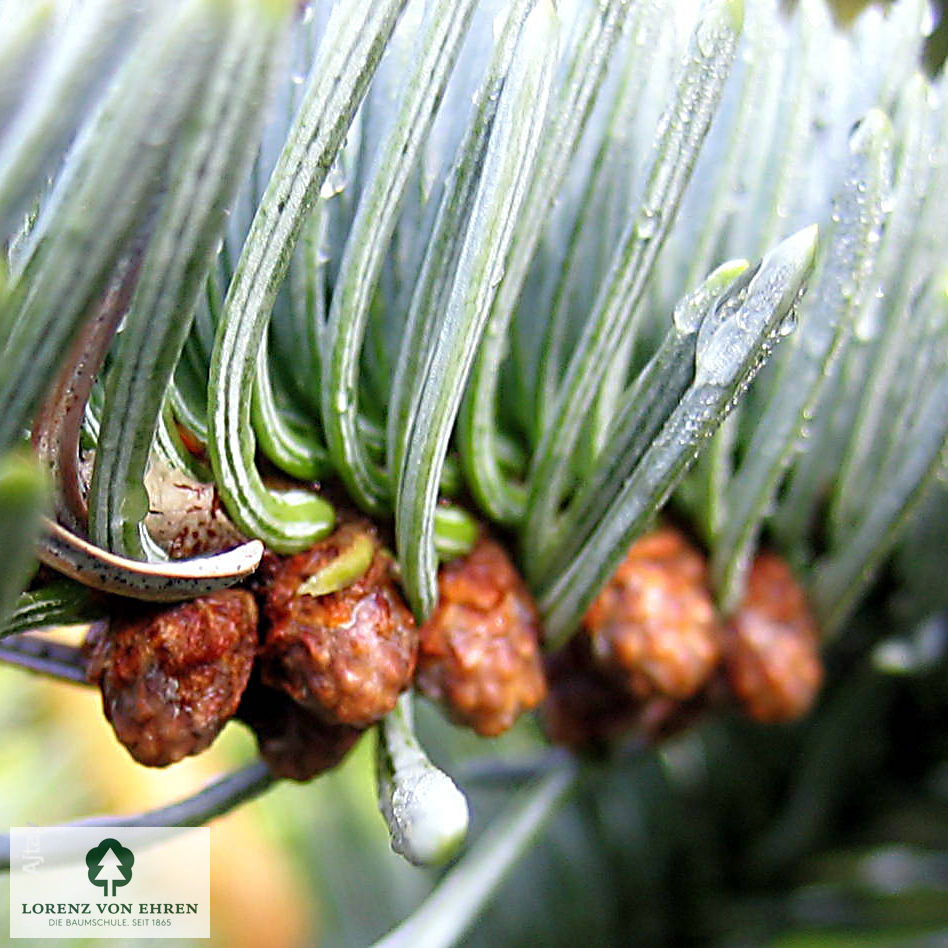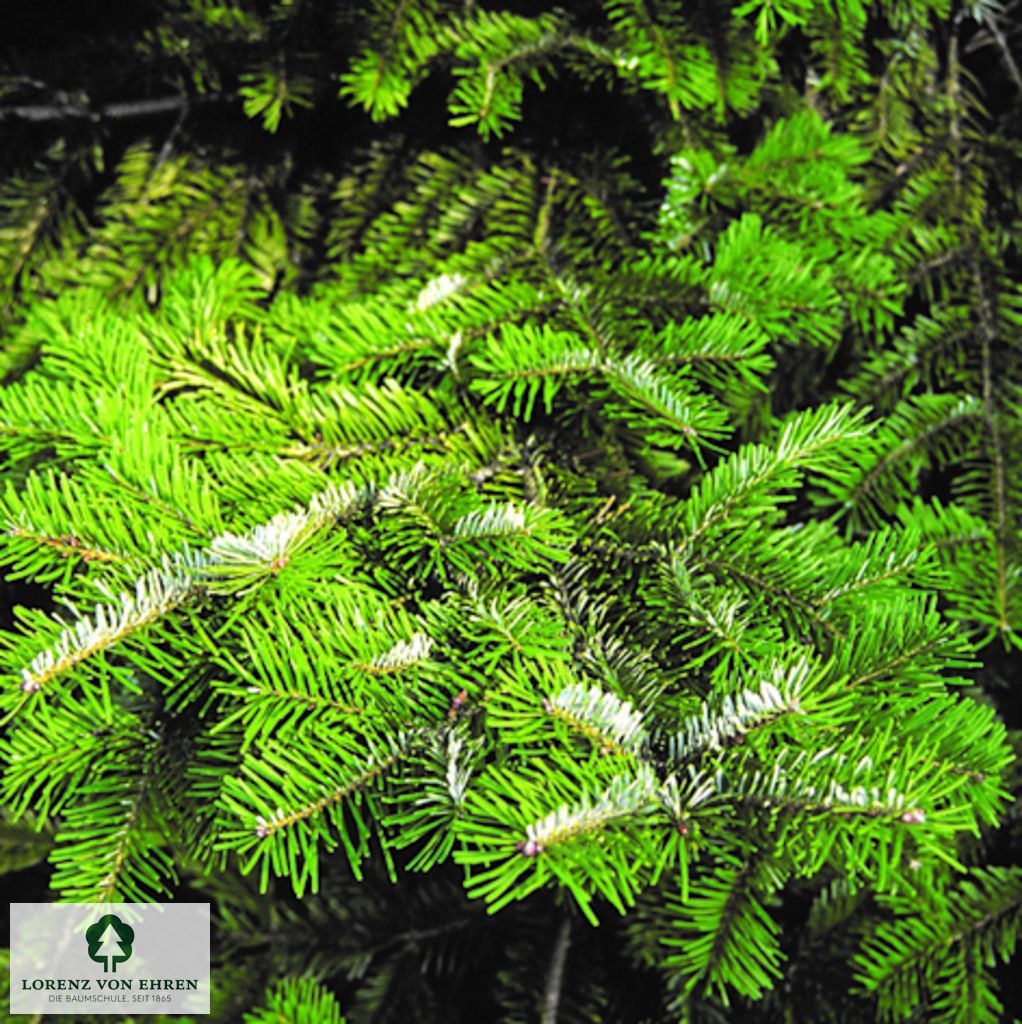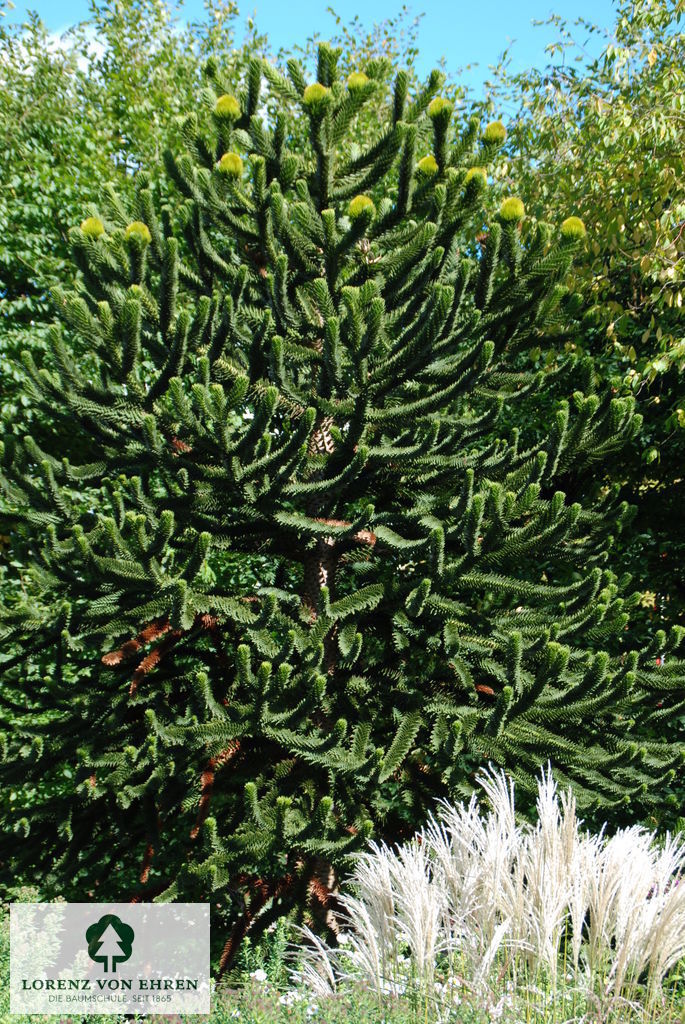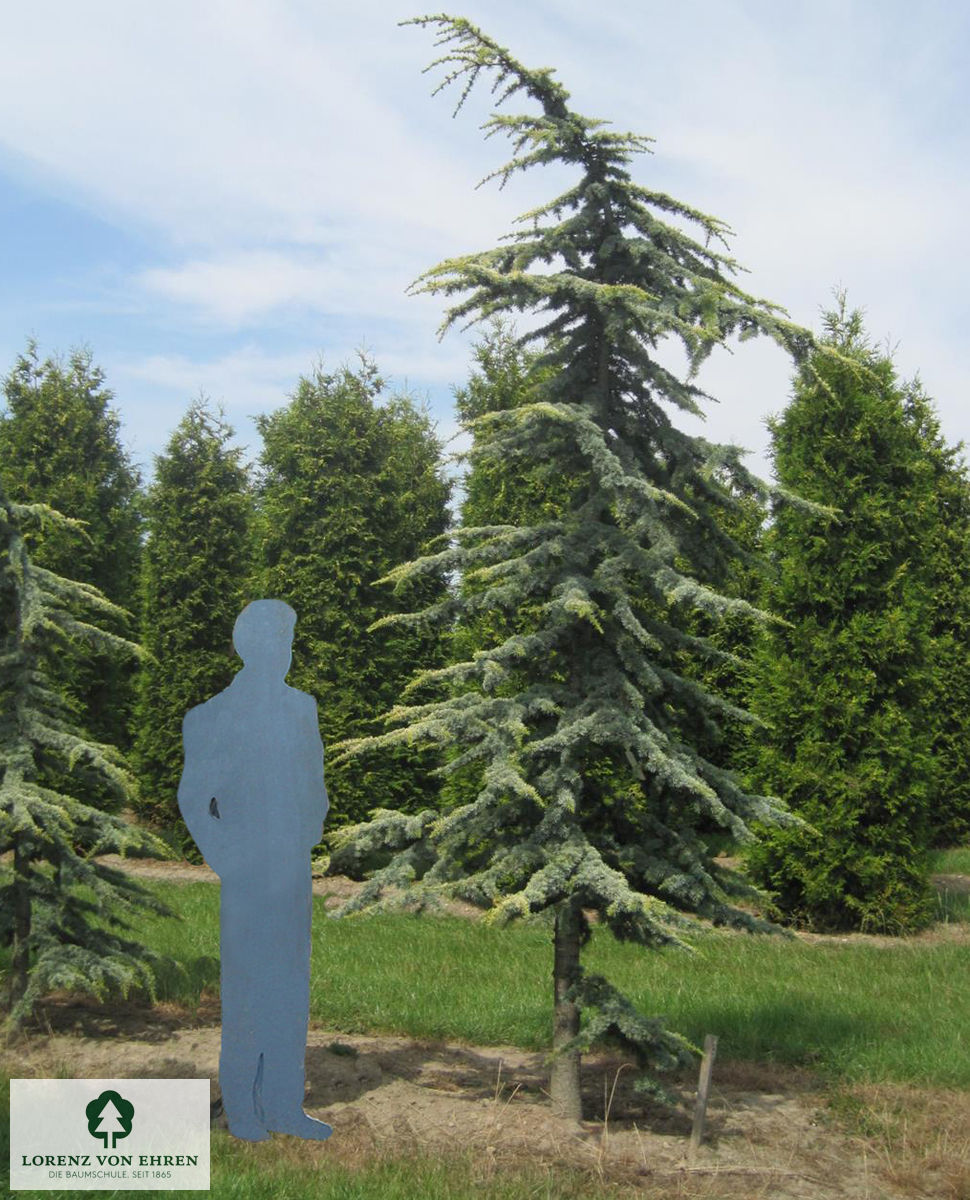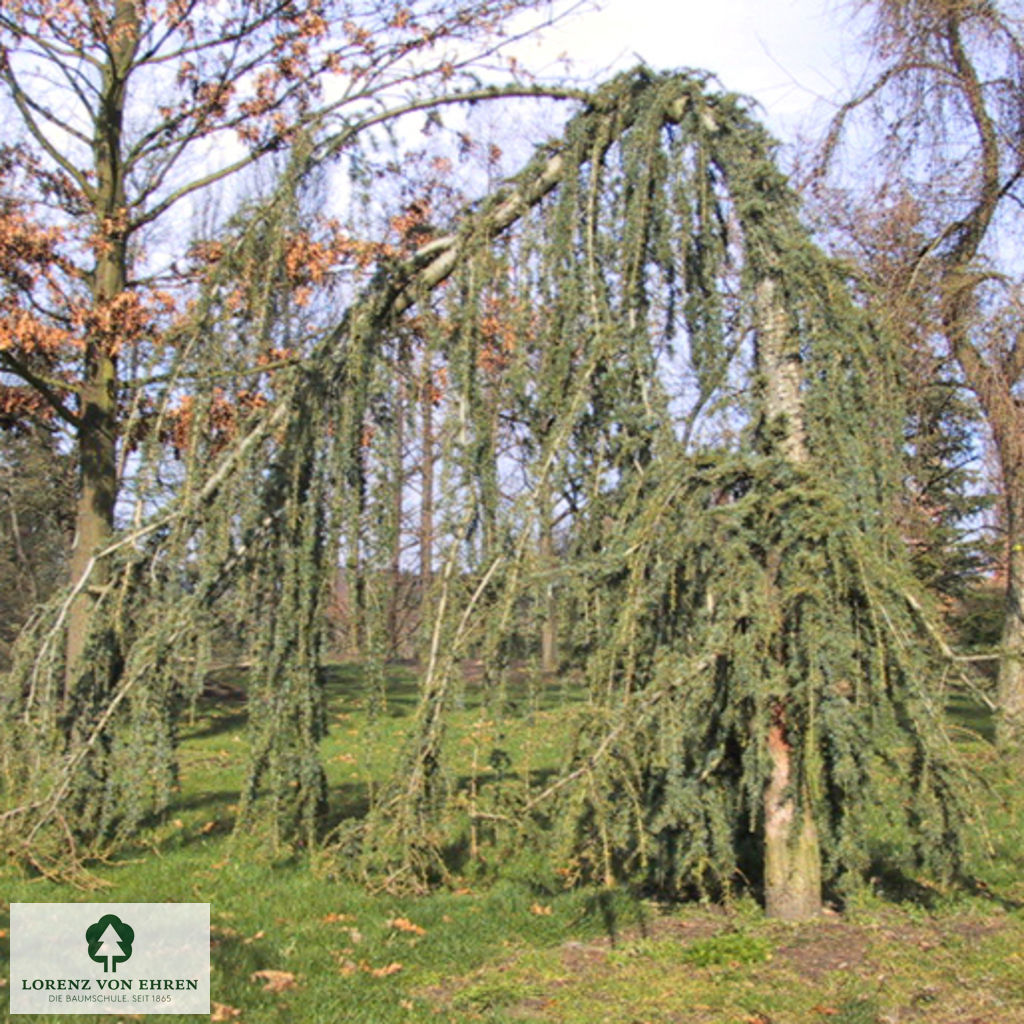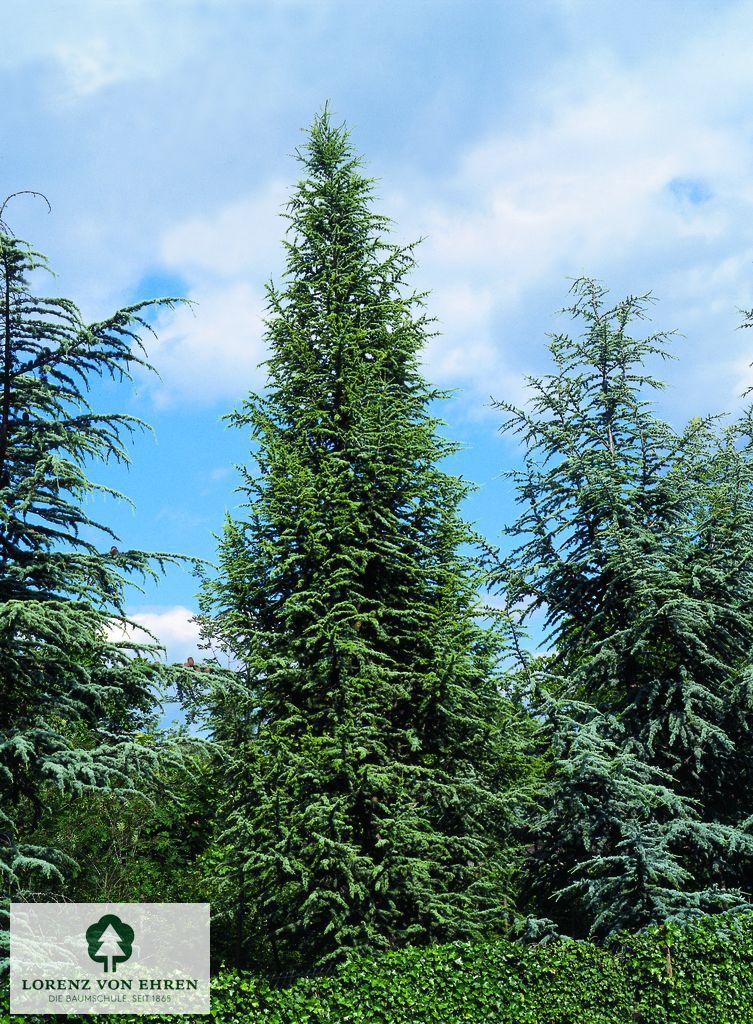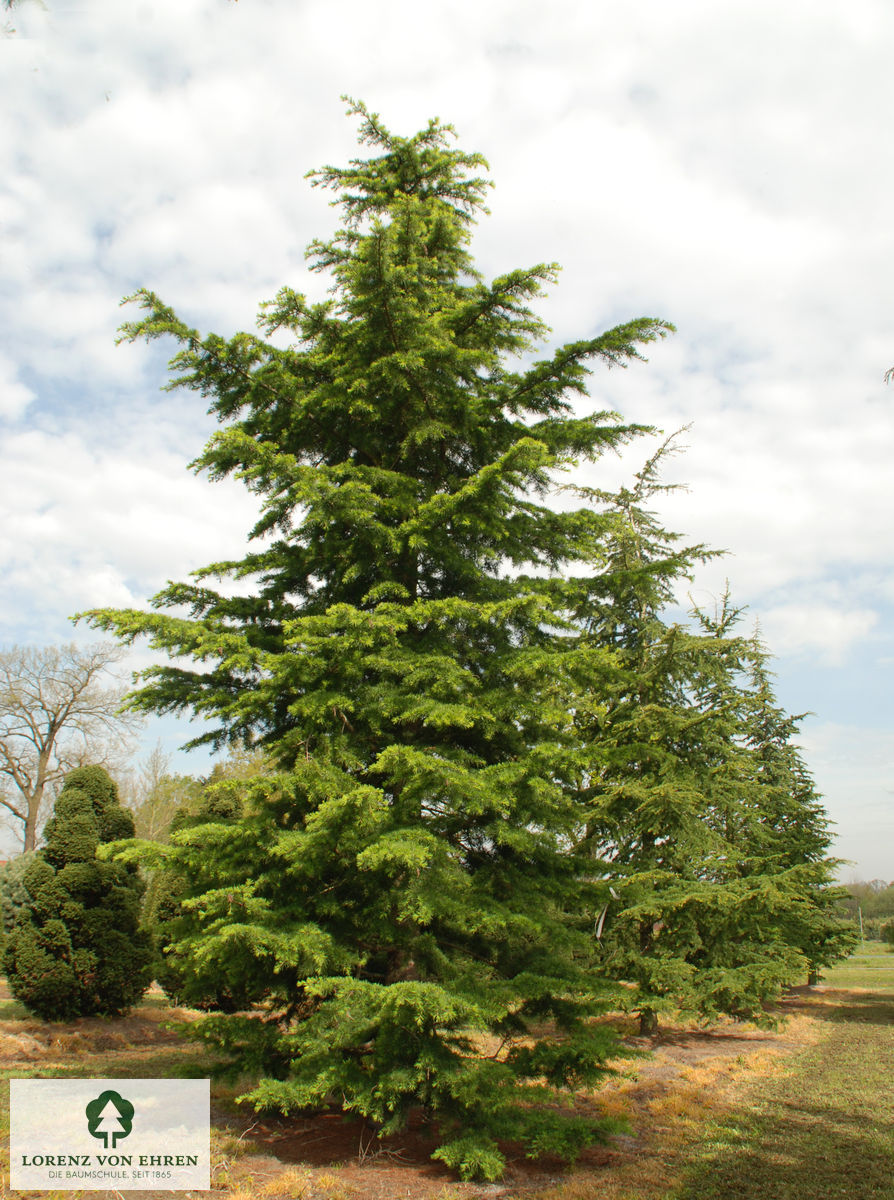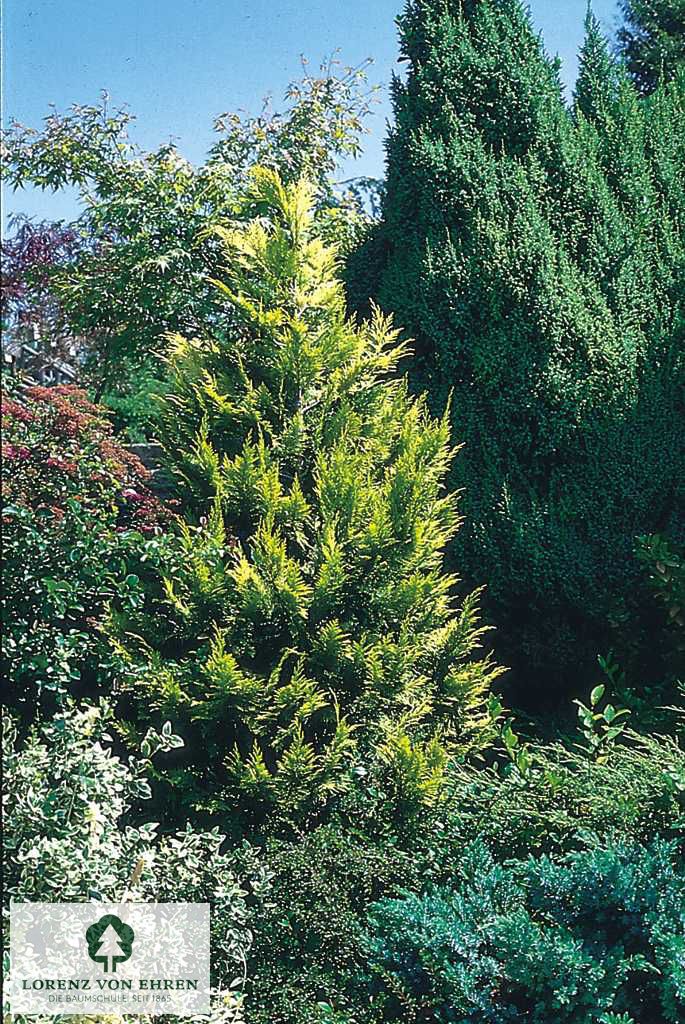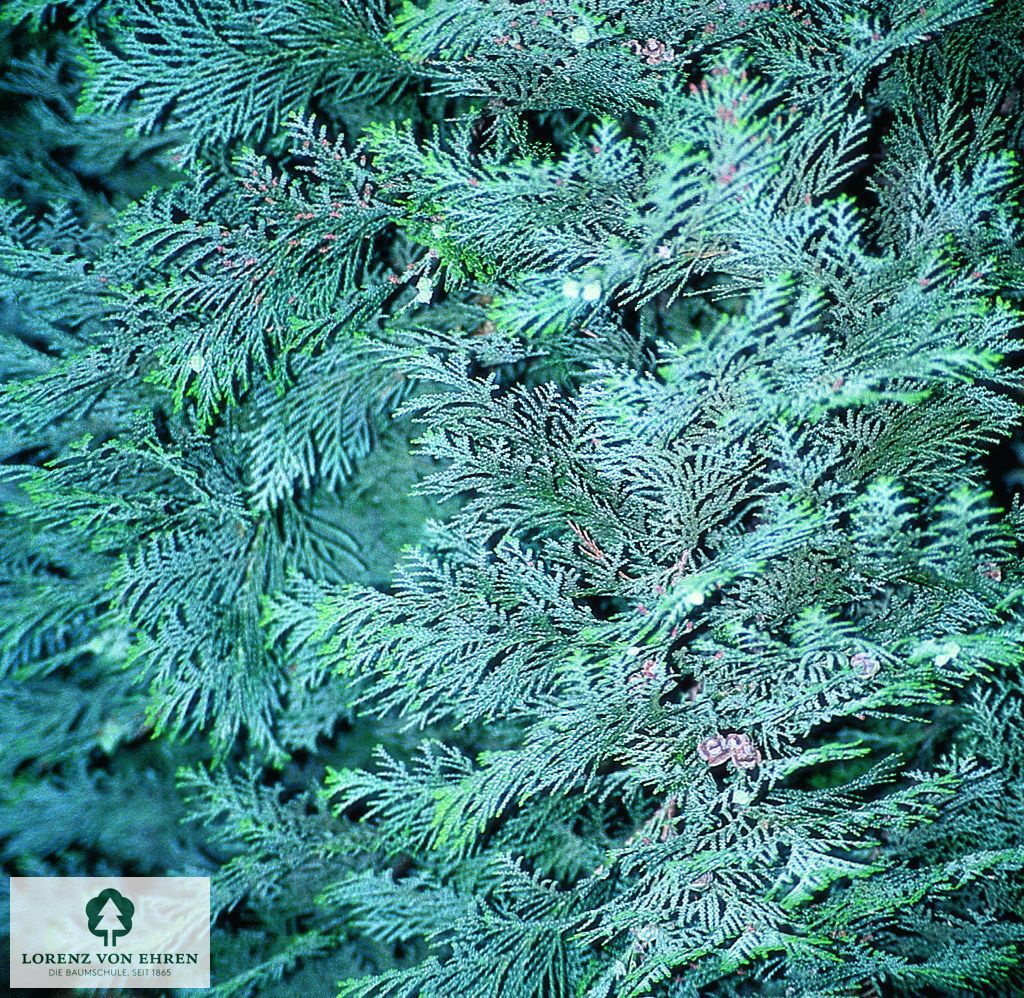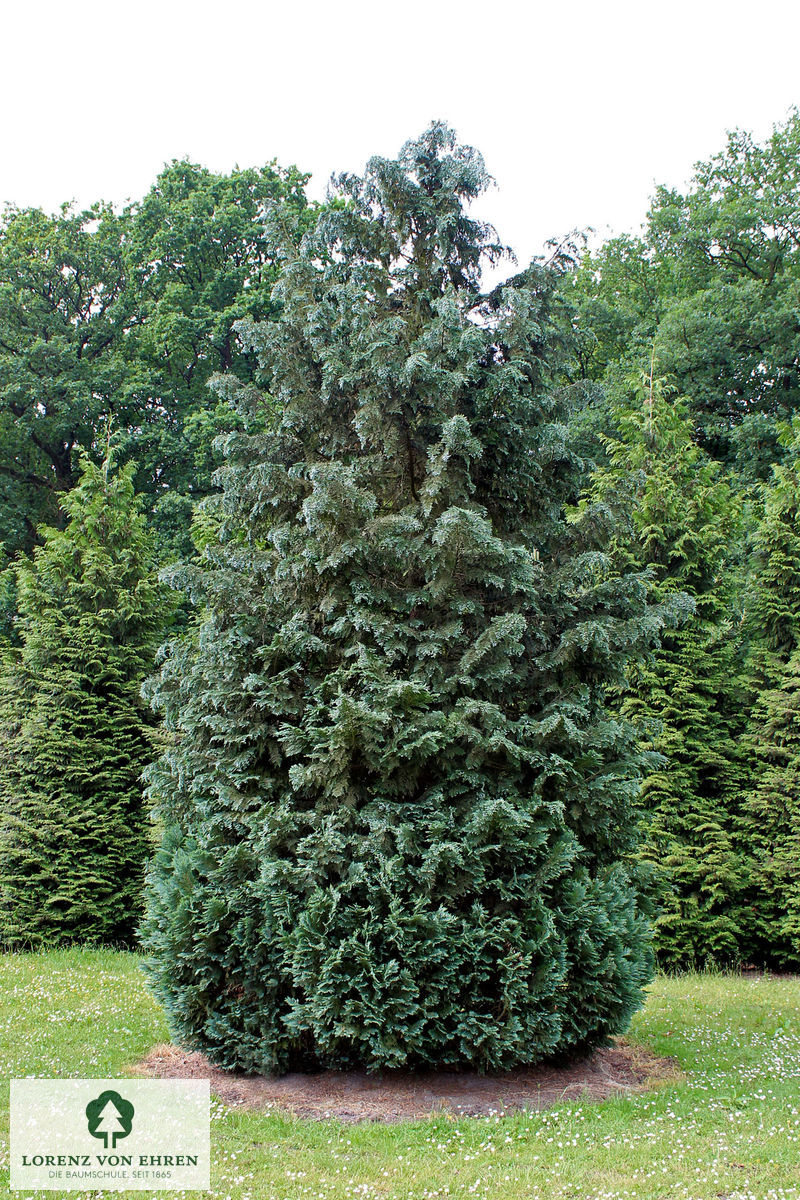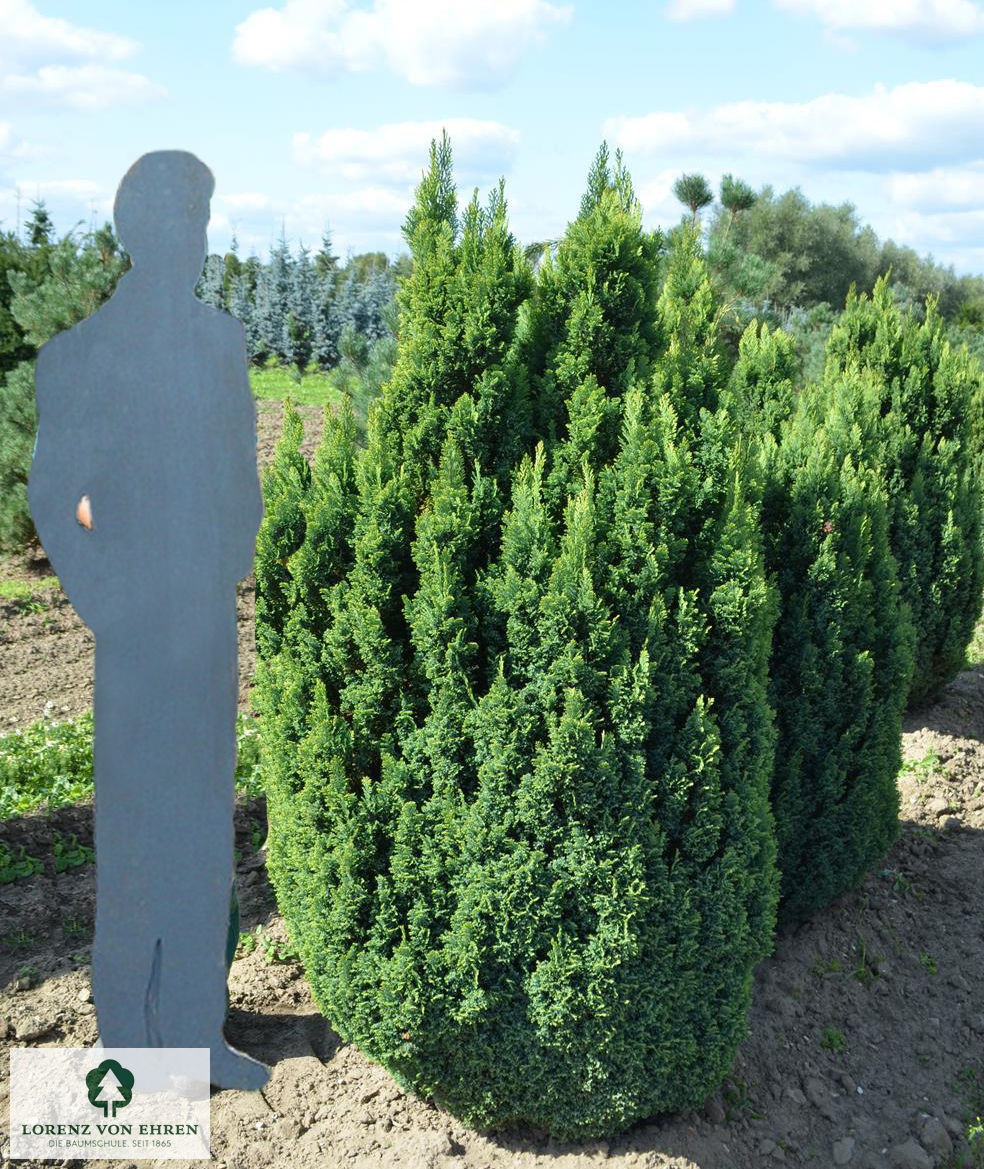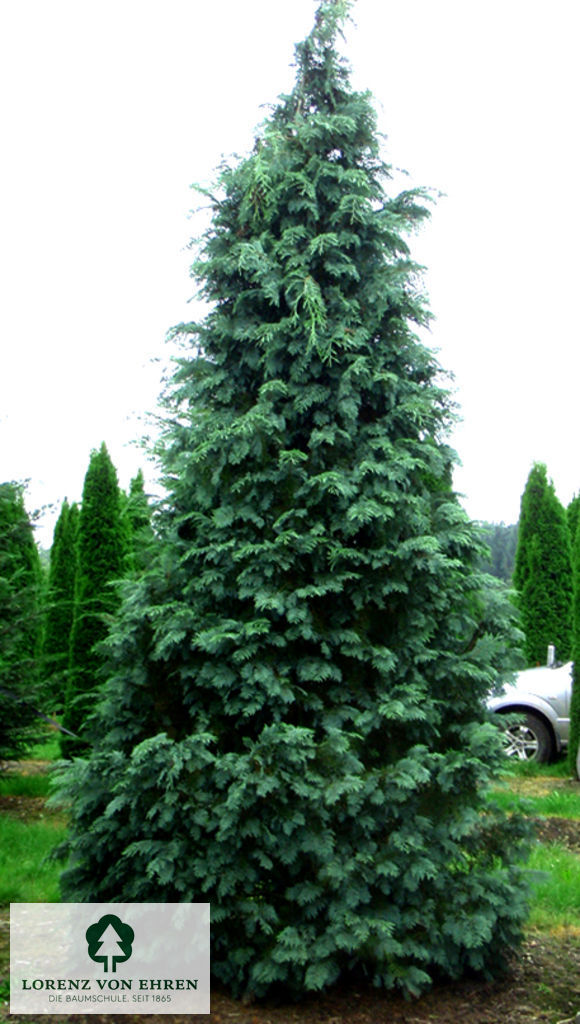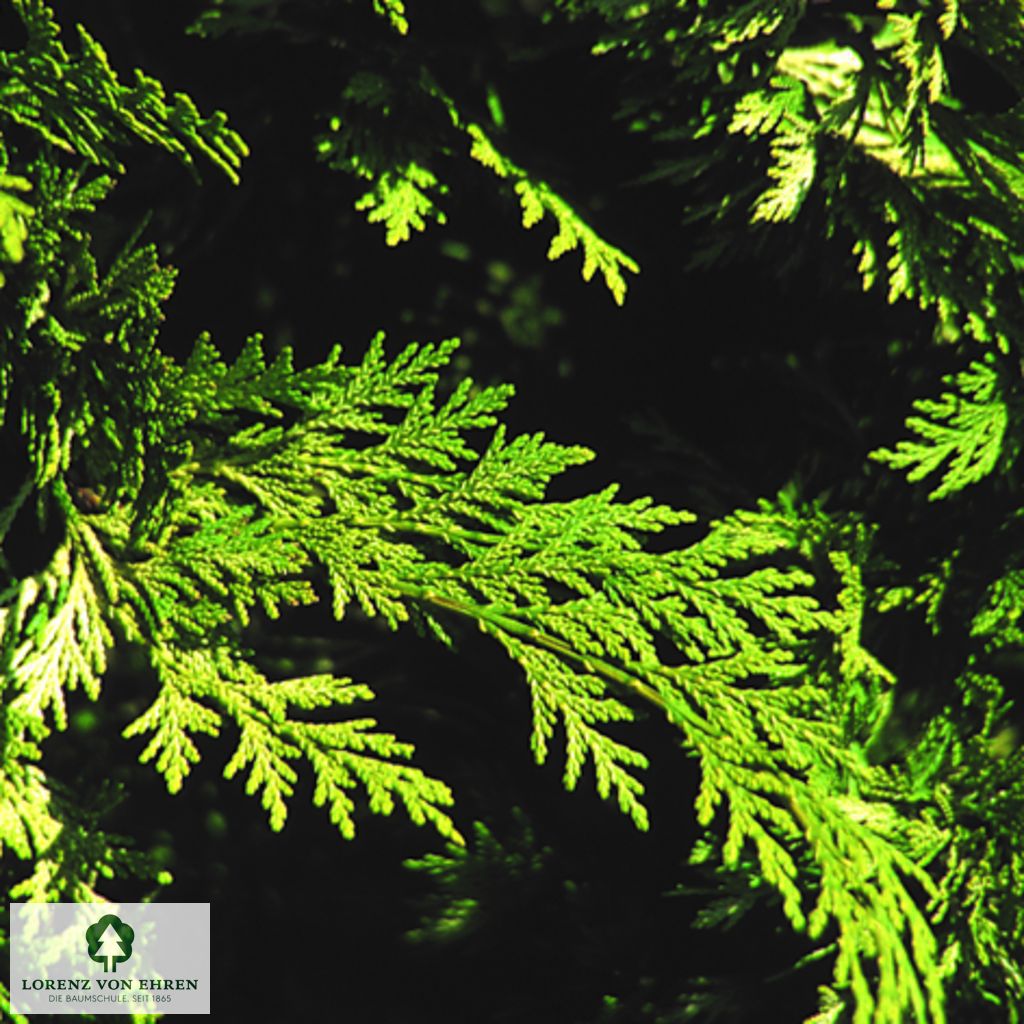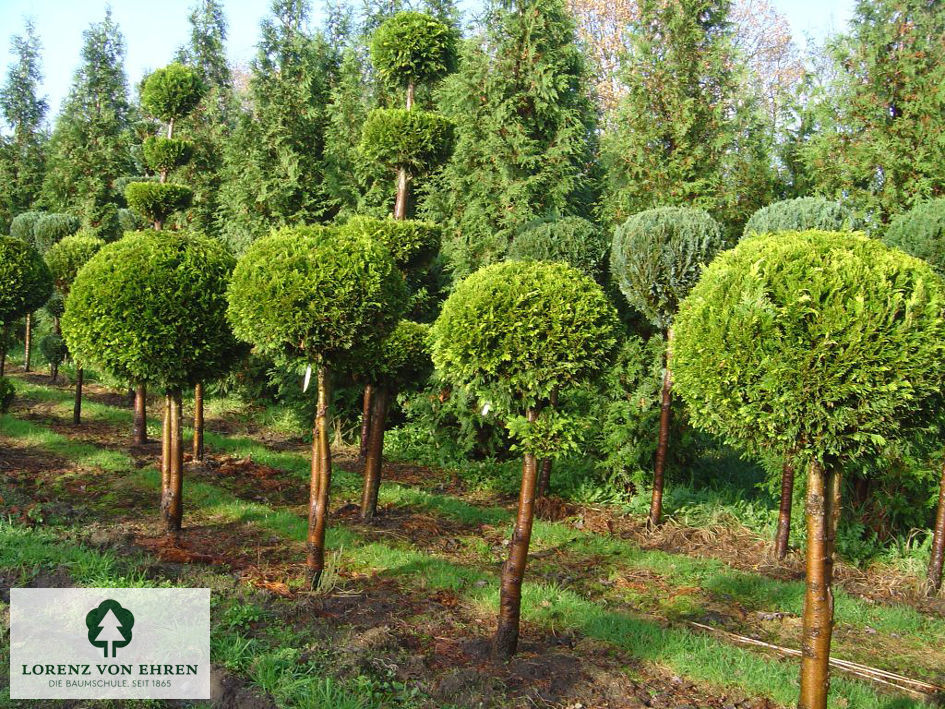
Conifers
Coniferous trees (conifers) emanate a special atmosphere. They captivate with their bizarre growth, their cutting tolerance or, simply, their overwhelming possibilities of use. Coniferous trees are not only important for hedge plants. They are also convincing in the garden by themselves or in combination with other shrubs and are eye candy as topiaries. You will find the most beautiful specimens in the quarters of the Lorenz von Ehren nursery.
It doesn't always have to be fir!
Most people surely know fir, yew and pine. But what about the Himalayan cedar (Cedrus deodara), false cypress (Chamaecyparis) or Japanese cedar (Cryptomeria)?
There are so many different conifers; they characterise parks and gardens in a special way and radiate personality. Why not give it a try!
FAQ - Frequently asked questions
Why large conifers?
A large conifer immediately adds character and structure to the garden or landscape. It provides shade, privacy and an impressive green presence without waiting years for a small tree to grow.
As most conifers are evergreen, they provide colour and life to parks, green spaces and gardens all year round. Especially in the winter months, when deciduous trees have lost their leaves, a conifer remains an aesthetic eye-catcher.
Most conifers keep their needles all year round, which means they remain green even in the winter months. This makes them an important design element in gardens and parks and provides colour and structure in the landscape all year round.
Most conifers keep their needles all year round, which means they remain green even in the winter months. This makes them an important design element in gardens and parks and provides colour and structure in the landscape all year round.
Instead of broad leaves, conifers have narrow, needle-shaped leaves. This shape reduces water evaporation and protects the tree from cold and drought. They reproduce via cones, which harbour and spread seeds.
Do conifers fit in cities?
Conifers can be a valuable addition to urban areas. Most conifers are evergreen and therefore provide colour and structure in urban landscapes all year round. In the often grey winter months, they bring life and freshness to parks, green spaces and streetscapes.
Conifers contribute to improving the urban climate through shade, oxygen production and CO₂ sequestration. They filter fine dust and pollutants from the air and help to regulate the temperature in overheated urban areas.
Many conifers grow narrow and columnar, such as cypresses or junipers. This growth habit makes them ideal for confined areas such as courtyards, roadsides or narrow parks.
With their dense foliage, conifers are ideal as natural barriers against noise and unwanted views. They create a more pleasant atmosphere in residential areas or along busy roads.
Robustness and easy care
Conifers are adaptable and robust. Many species cope well with difficult urban conditions, such as drought, polluted air or compacted soil. They also generally require less care than other tree species.
Conifers contribute to improving the urban climate through shade, oxygen production and CO₂ sequestration. They filter fine dust and pollutants from the air and help to regulate the temperature in overheated urban areas.
Suitable conifers for cities
Depending on the site conditions, some conifers are particularly suitable for urban areas:
- Pines (e.g. black pine): Robust, drought-resistant and adaptable
- Yews: Easy to care for, tolerate pruning and ideal for hedges or solitary plantings.
- Cypresses: Elegant and space-saving with versatile use in streetscapes or gardens.

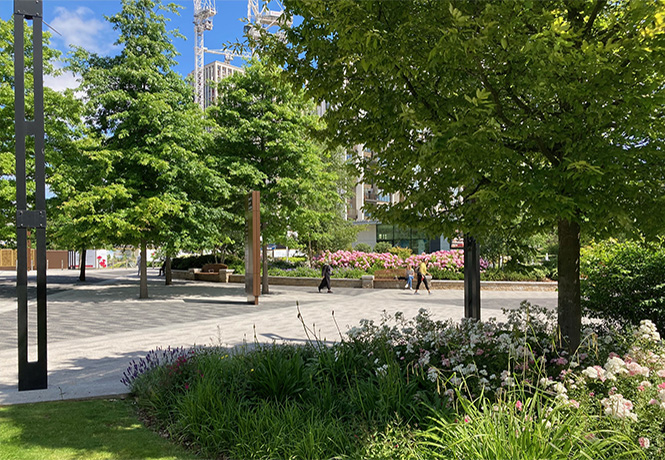
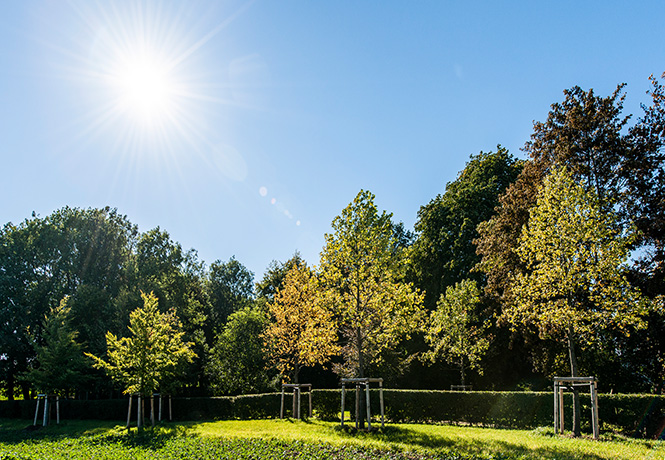
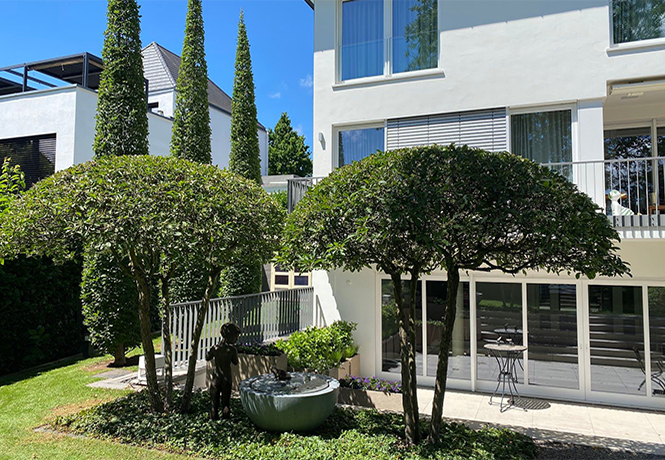
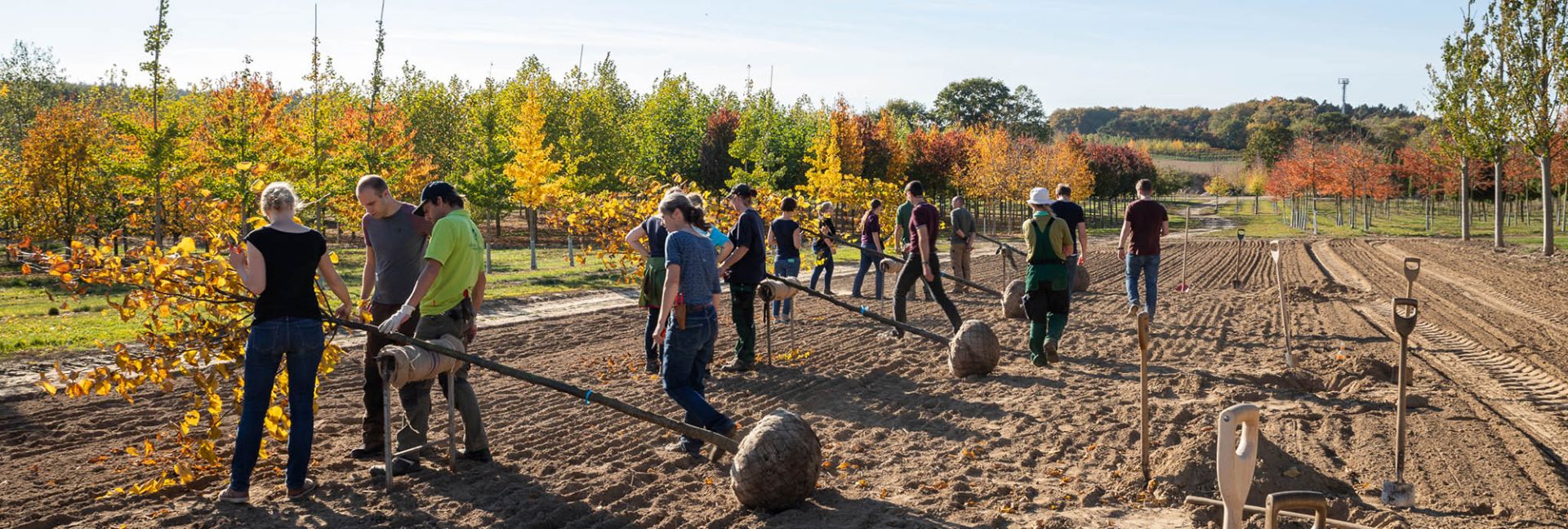
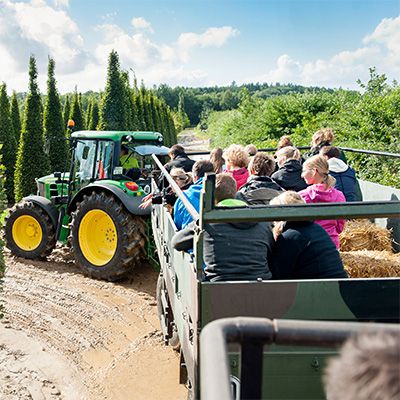
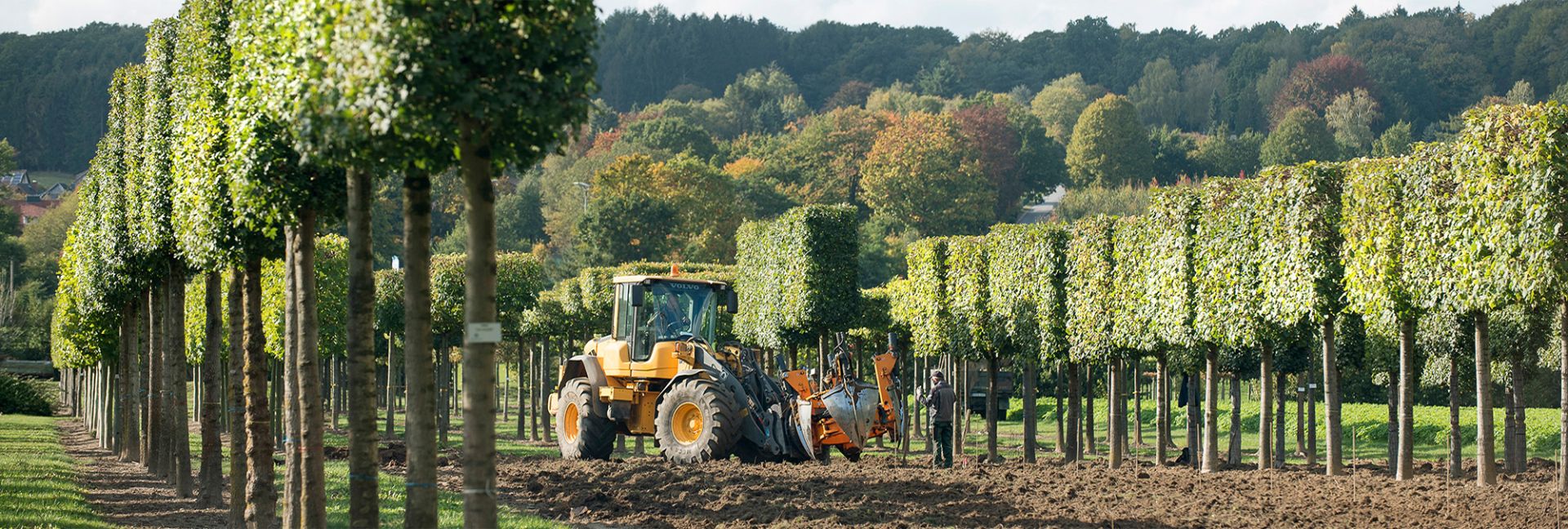
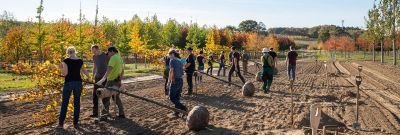
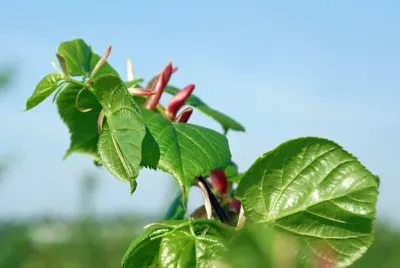
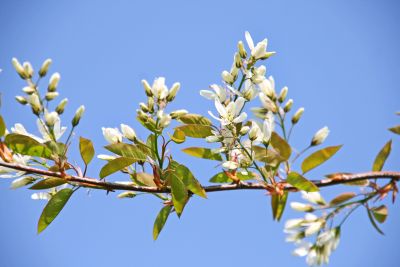
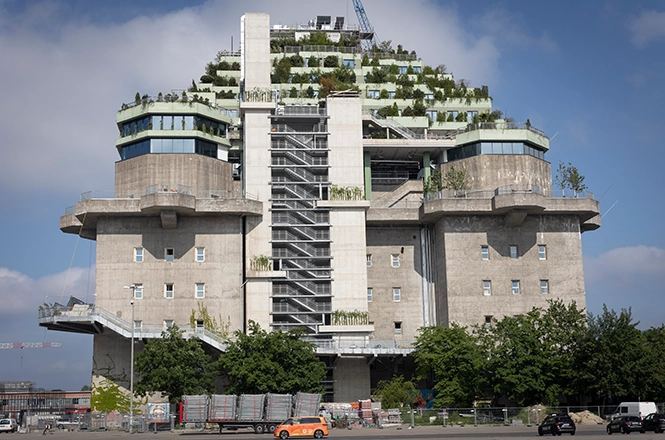
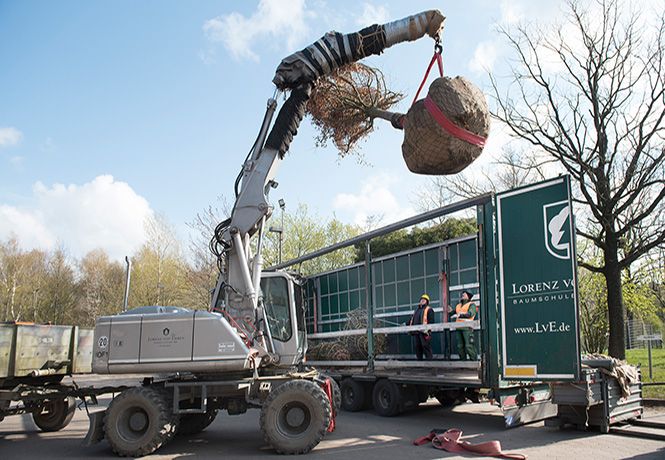
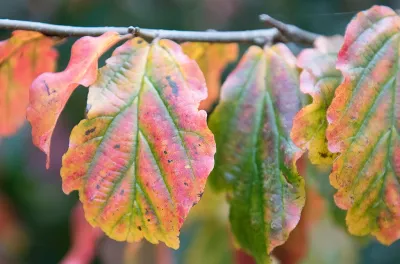
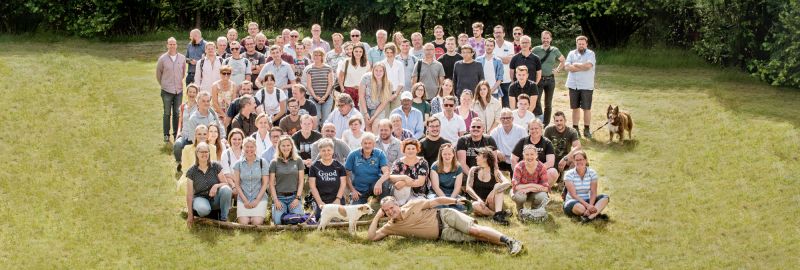

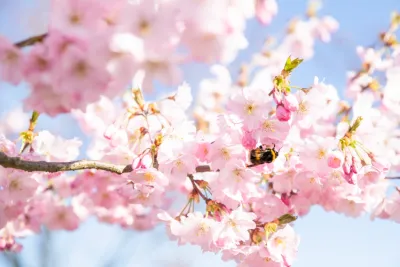
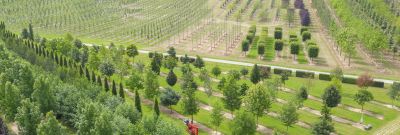
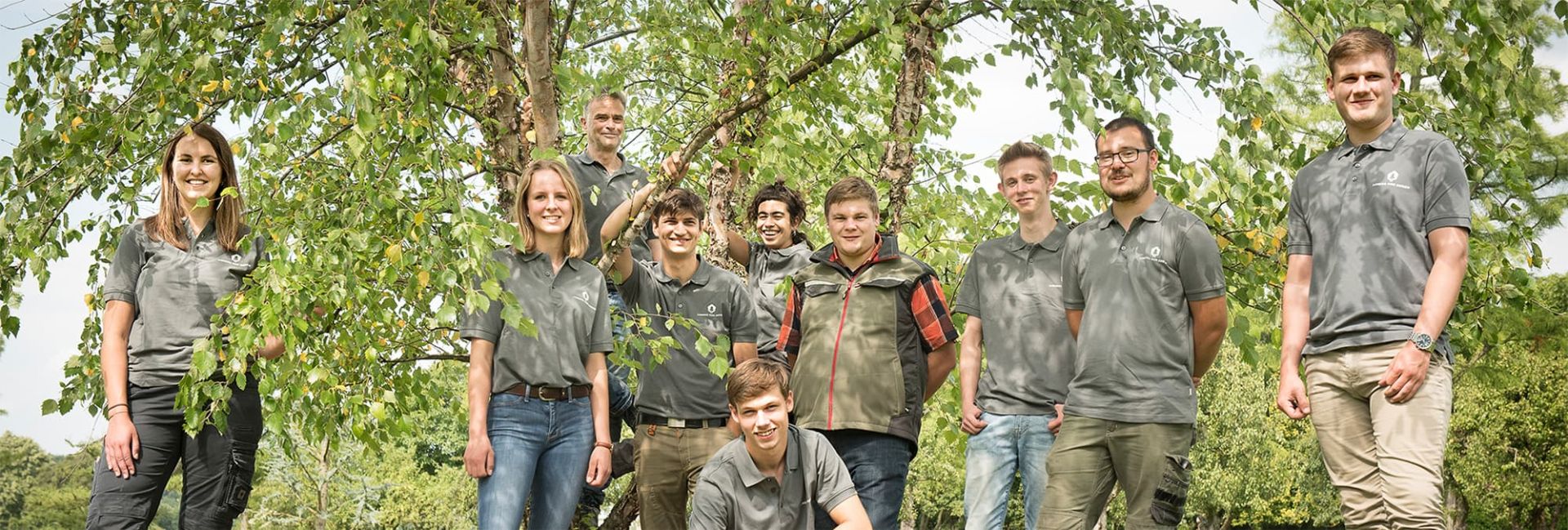
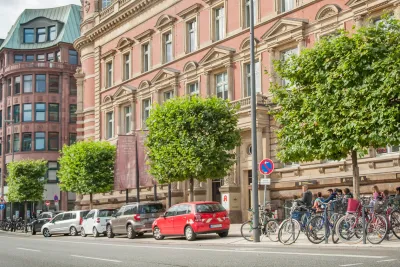

_400x400.webp)
